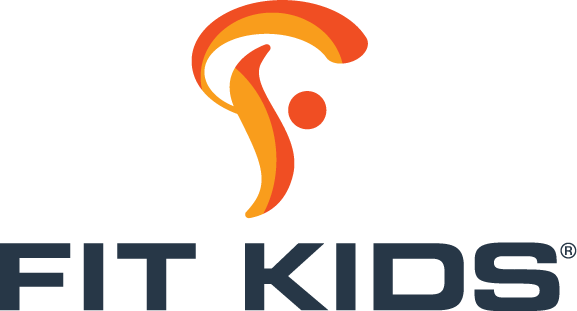Highlights from Dr. Amy Bantham’s podcast interview of Fit Kids Founder and Executive Director Ashley Hunter include:
[1:12] Fit Kids Foundation origin story: “In trying to teach kids sports, I found that I really needed to take a step back and help them build some basic movement skills because these kids just hadn’t had an opportunity to move. So we weren’t at let’s learn sports yet, we were at let’s move your bodies to build some muscles, strengthen your bones, feel really good about what your bodies can do and have some confidence in your physical abilities. And then hopefully, once I’ve helped you acquire some of those foundational movement skills, you will get into sports, maybe in high school when you have the chance to play on a school team.”
[3:38] Learning the language of movement: “All kids, all people, need to move and have that physical literacy for their lives. And when you help young kids, young people, learn those movements, learn to love being active, learn that it feels really good on your body and your mind when you move your body, they grow into adults who feel the same way and continue those behaviors. It’s sort of like learning a language.”
[5:41] Scaling the initiative: “We can really scale if we give all of our digital content to teachers, after school teachers around the country, if we make it available to kids at home and we help kids when they’re at school be active with our in-person curriculum. So we’ve had a lot of changes over the years. And I think we’re at this really interesting place now where we have this awesome, really fun program. Kids love it, teachers love it. And it’s really easy to get it anywhere.”
[10:46] Addressing mental health: “We’ve had more people reaching out to us looking for our physical activity program because they have a group of kids who have mental health struggles, stress, anxiety, anything. And fortunately, teachers and the adults in their lives are recognizing it.”
[12:40] Fitness, games and sports curriculum: “We have this really unique combination of fitness, play, movement, games, and little bits and pieces of sports in each lesson. Our entire curriculum is 50 lessons. It’s about an hour of physical activity per lesson. Far more than anybody ever gets through in a year actually.”
[16:03] Addressing intimidation (and future gymtimidation): “Our goal is really to make the fitness portion of our curriculum not intimidating. I think a lot of adults who haven’t had opportunities to be active as they’ve grown into adults, go to the gym with the best of intentions, but see equipment and aren’t sure what to do and feel a little bit intimidated. So they lose interest and go home.”
[17:29] Active kids do better: “We know that kids who are active do better in school, they retain more information, they’re better behaved. So when I hear of schools cutting PE departments or even just reducing PE minutes per week to something like 20 minutes once or twice a week, it’s not enough, and it’s doing such a disservice to kids.”
[20:15] Return on investment in movement: “It’s awesome to see so many more people recognizing, ‘Hey, if I give my kids these couple minutes of movement, they will do better throughout the rest of the day.’ ”
[21:49] Governor’s Council addressing mental health and well-being: “The Council has a big goal to make sure all Californians thrive and have access to physical activity and mental health resources. There is a particular focus on youth and families, which is great, since that’s sort of where my focus is. But we’ve taken a really thoughtful approach to understanding the problem. What are the obstacles that people face? What are some best practices around helping people move? Where are the best resources that we can share? And then how do we share them?”
[24:14] California Moves: “That’s an event that we hope to repeat again this year and just a real honor for Fit Kids to be part of it. The Council also launched a website called ‘Move Your Body, Calm Your Mind.’ And that’s a great place for people to find resources, understand the work of the Council, but then also find places and inspiration for their own way to be active.”
[25:23] Focusing time and resources on getting kids moving: “So that’s where our focus is. And we just keep doing what we’re doing, knowing we’re making a positive impact and hoping to be part of a larger solution that makes sure all kids, all people, do have access to physical activity and understand that it benefits their bodies and their minds.”
[27:25] Addressing the fitness opportunity gap: “It’s really important to me that we get to those kids and make Fit Kids very accessible. That’s why we go to the schools. We go to the after school organizations and we give Fit Kids to the kids and their families so they have access 24/7 to our content in their homes. They don’t have to go anywhere. They don’t need any equipment. They just need access to our content.”
